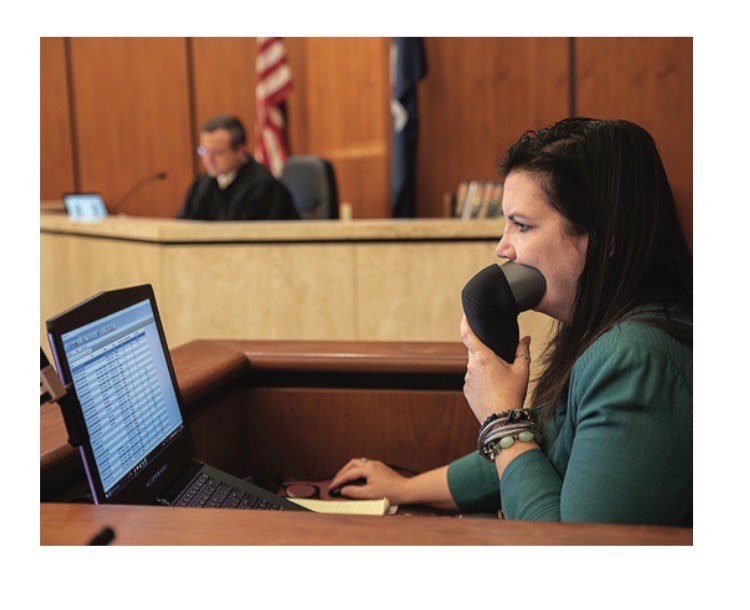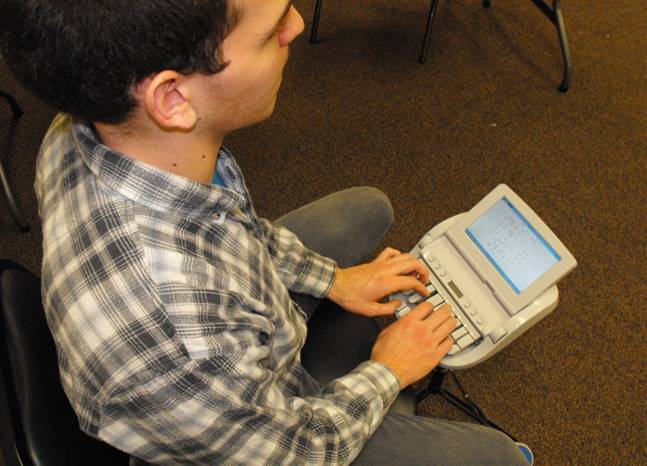durham court reporting and Its influence to Protecting Parties’ Rights
All About Court Coverage: Vital Insights for Legal Professionals
Court reporting works as a critical component of the lawful system, making sure that procedures are properly recorded. As innovation advances, the roles and tools of court press reporters are evolving. This makeover calls for attorneys to adjust to brand-new practices and modern technologies. Understanding the details of court reporting can considerably impact situation end results. What vital understandings should lawyers realize to navigate this changing landscape successfully?
The Role of Court Reporters in Legal Procedures
Stenotype reporter work as the essential voice of the court, recording every spoken word during legal process with accuracy and precision. They transcribe testimonies, legal disagreements, and courts' judgments, ensuring that a complete record is preserved. This documents is essential for appeals, supplying a clear account of what taken place throughout tests and hearings. Stenotype reporter should possess phenomenal listening skills and an extensive understanding of lawful terms to promote exact coverage. They frequently work under pressure, needing concentration and speed to equal the dialogue. Their records work as main documents, which can be referenced long after the process conclude. Along with their transcription duties, court press reporters might also provide real-time reporting, allowing courts and attorneys immediate accessibility to the talked word. Generally, their duty is indispensable in upholding the honesty and transparency of the judicial procedure, contributing especially to the legal career.

Innovation Transforming Court Coverage
As technology advances, the landscape of court coverage is going through a significant transformation, boosting the effectiveness and accuracy of lawful documentation. Digital devices such as real-time transcription software application allow court press reporters to deliver instant message outcome throughout procedures, allowing attorneys to access information immediately. Remote coverage abilities have actually emerged, assisting in participation from various places with safe video conferencing systems.
Man-made intelligence is likewise making strides, with formulas with the ability of helping in transcription processes and making sure greater accuracy in capturing spoken discussion. In enhancement, cloud storage remedies give safe and secure access to instance files, enhancing cooperation between lawyers and court reporters.

These technical innovations not only improve operations yet also decrease the possibility for human error, ultimately adding to an extra reliable lawful system. The combination of innovative innovation right into court coverage is setting new standards for accuracy and efficiency in lawful documentation, showing the progressing demands of the occupation.
Best Practices for Teaming Up With Court Reporters
Efficient partnership with court reporters is crucial for guaranteeing exact and prompt lawful documentation. Lawyers ought to start communication early, offering reporters with pertinent instance information, including names, dates, and details terms. This foundational information allows reporters to prepare effectively, reducing the probability of errors.
Furthermore, keeping open lines of interaction throughout procedures cultivates an efficient setting. Attorneys need to urge stenotype reporter to ask concerns or seek explanation when needed. This method not only improves accuracy but likewise reinforces the working relationship.
In addition, examining transcripts without delay is crucial. Lawyers must provide useful comments to press reporters, highlighting any disparities or locations for improvement. This collaborative method assists reporters fine-tune their guarantees and abilities future work fulfills the needed standards.
Lastly, respecting target dates and acknowledging the press reporters' know-how add to a favorable and efficient partnership, ultimately profiting the entire legal process.
Comprehending Various Types of Court Coverage Services
Different kinds of court coverage services accommodate different legal needs, each offering one-of-a-kind advantages and capabilities (durham court reporting). Standard stenographic reporting is one of the most typical technique, utilizing a clerk who records talked words into created text during court process. This solution supplies real-time transcripts, making it possible for instant accessibility to procedures
Another alternative is digital coverage, which utilizes audio recording modern technology together with transcription services. This technique can be more cost-effective and works for capturing extensive sessions where verbatim text is not instantly called for.
Additionally, some solutions specialize in virtual or remote coverage, accommodating circumstances where individuals can not be physically existing.
Lastly, CART (Interaction Access Realtime Translation) services supply real-time transcription for individuals with hearing problems, guaranteeing access during lawful process. Each kind of court reporting service plays a critical role in the legal procedure, improving interaction and documentation.
The Future of Court Reporting in the Legal Sector
While improvements in modern technology remain to improve many industries, the future of court reporting in the legal sector is poised for significant change. durham court reporting. The enhancing combination of expert system and automatic transcription services is expected to enhance efficiency and precision in court coverage. These devices can improve the documentation process, enabling attorneys to concentrate on more complex tasks
Remote court coverage has gained grip, specifically in action to the COVID-19 pandemic. Virtual hearings and depositions are most likely to come to be commonplace, requiring stenotype reporter to adjust to brand-new innovations and platforms.
As the need for real-time coverage and instant access to records grows, stenotype reporter will certainly require to develop their abilities in digital literacy and data management - next page durham court reporting. The evolving landscape presents both tests and opportunities, eventually redefining the function of court reporters within the lawful industry. Welcoming these modifications will certainly be necessary for maintaining significance and delivering high quality service
Regularly Asked Inquiries
What Certifications Do Court Reporters Required to Practice Properly?
Court reporters informative post usually need a senior high school diploma, specialized training in court reporting, and accreditation. Efficiency in stenography or voice writing, along with strong language skills, is vital for accurate transcription in legal setups.

Just How Much Do Court Reporting Solutions Normally Price?
Court reporting solutions commonly cost in between $100 to $300 per hour, depending on factors such as experience, location, and complexity of the instance. Added costs might get transcription and expedited solutions.
Can Court Reporters Operate In Non-Legal Settings?
Yes, court reporters can operate in non-legal setups, such as shut captioning for tv, transcription solutions for seminars, and producing subtitles for videos. Their abilities in exact paperwork are useful in different markets.
What Is the Typical Turnaround Time for Transcripts?
The ordinary turn-around time for records commonly varies from 24 hours to a week, relying on factors such as the length of the procedures, complexity, and the stenotype reporter's workload. Timeliness is essential in lawful setups.
Do Court Reporters Give Providers in Several Languages?
Court reporters can supply solutions in multiple languages, depending on their credentials and expertise. Several are trained to transcribe in numerous languages, improving ease of access and ensuring exact paperwork in varied lawful procedures throughout various linguistic histories.
Court reporters offer as the important voice of the courtroom, recording every spoken word throughout legal process with precision and precision. Court reporters have to possess remarkable paying attention skills and a thorough understanding of legal terms to assist in accurate coverage. Digital devices such as real-time transcription software program enable court press reporters to deliver prompt text outcome during procedures, allowing lawful professionals to gain access to information immediately. Various kinds of court reporting services cater to different lawful demands, each offering unique advantages and capabilities. Court press reporters commonly require a high institution diploma, specialized training in court coverage, redirected here and certification.